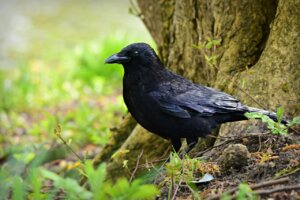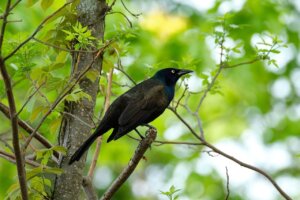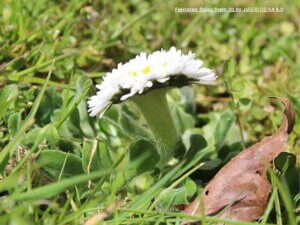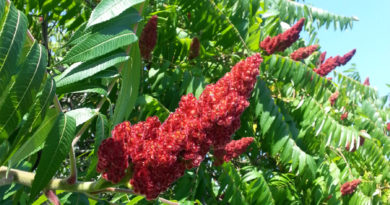Critters in the Garden: Crows & grackles
Both crows and grackles, members of the corvid family, are beautiful and smart, but they can be unwelcome in the garden. These birds often monopolize bird feeders, damage plants, and create a noisy environment.
For one thing, grackles will clean their nests and drop their fecal sacs into bird baths, ponds or swimming pools. They will also dive-bomb the garden owner when nesting. They will prey on other nests. And if you plant marigolds, you know that these birds will behead your flowers by rubbing them under their wings. The marigolds contain a specific antiparasitic oil that helps rid the birds of infection and mites.

Fortunately, there are several effective strategies to deter crows and grackles, and protect your garden from their disruptive presence.
1. Bird feeders
One of the primary methods to discourage these birds is to modify your bird feeding practices. Opt for feeders that are specifically designed to deter larger birds. Tube feeders with small perches and weight-sensitive feeders, which close when a heavy bird lands, are excellent choices. Additionally, offering seeds that grackles find less appealing, such as safflower seeds, can help. Smaller birds enjoy these seeds, but grackles typically do not, reducing the likelihood of grackle visits.
2. Decoys and toys
Creating an unwelcoming environment for crows and grackles is another effective approach. Grackles are wary of predators, so placing owl or hawk decoys around your garden can scare them away. To maintain their effectiveness, move these decoys periodically. Reflective objects such as CDs, aluminum foil strips, or reflective tape can also deter grackles by creating flashes of light that startle them. Combining these visual deterrents with noise-making devices, like wind chimes or motion-activated sound makers, can further enhance their effectiveness.

3. Habitat management
Managing the habitat around your garden can significantly reduce bird activity. Keep your garden clean by regularly removing spilled birdseed, fallen fruit, and other potential food sources. Covering compost piles and securing pet food can also prevent attracting crows and grackles. Pruning trees and shrubs to eliminate roosting spots can discourage these birds from settling in your yard. Additionally, reducing standing water sources, such as birdbaths, will make your garden less appealing to those birds.
4. Physical barriers
Finally, using physical barriers can protect specific areas of your garden from bird damage. Bird netting can be draped over plants to prevent grackles from reaching them. This method is particularly useful for fruit-bearing plants that might otherwise attract these birds.
By combining feeder modifications, habitat management, visual and auditory deterrents, and physical barriers, you can create a garden environment that is uninviting to grackles, allowing your plants and desired bird species to thrive.












